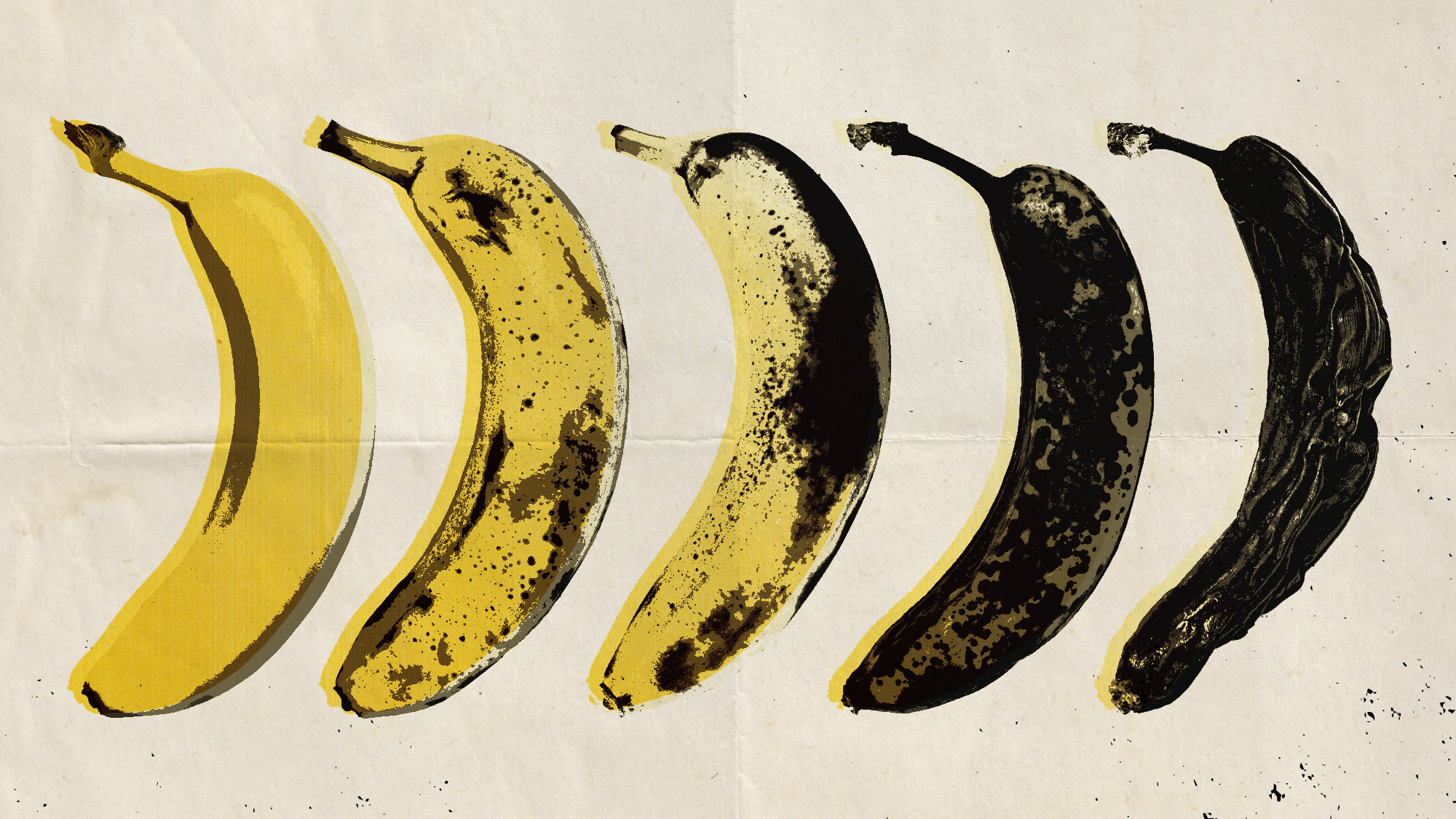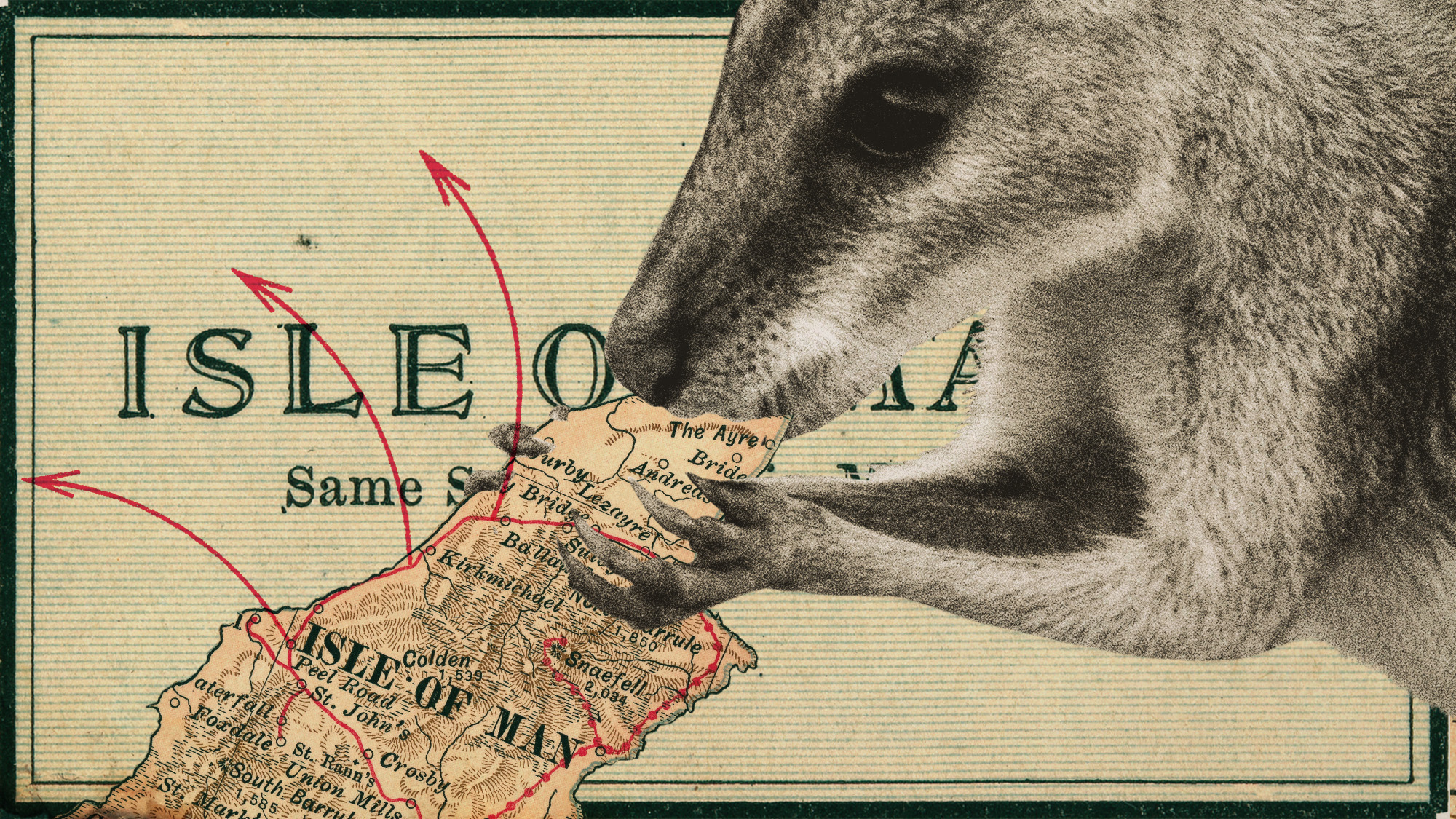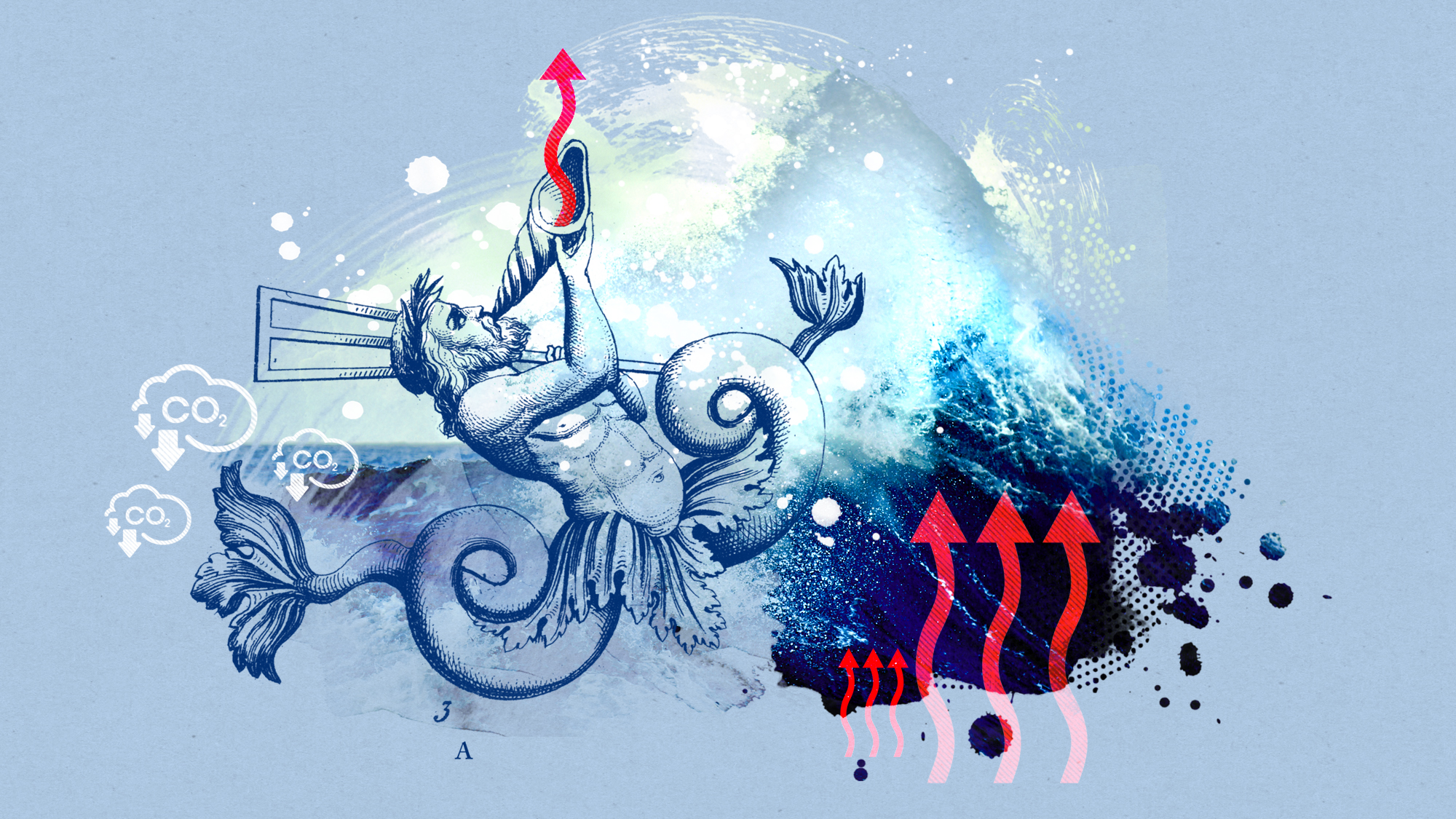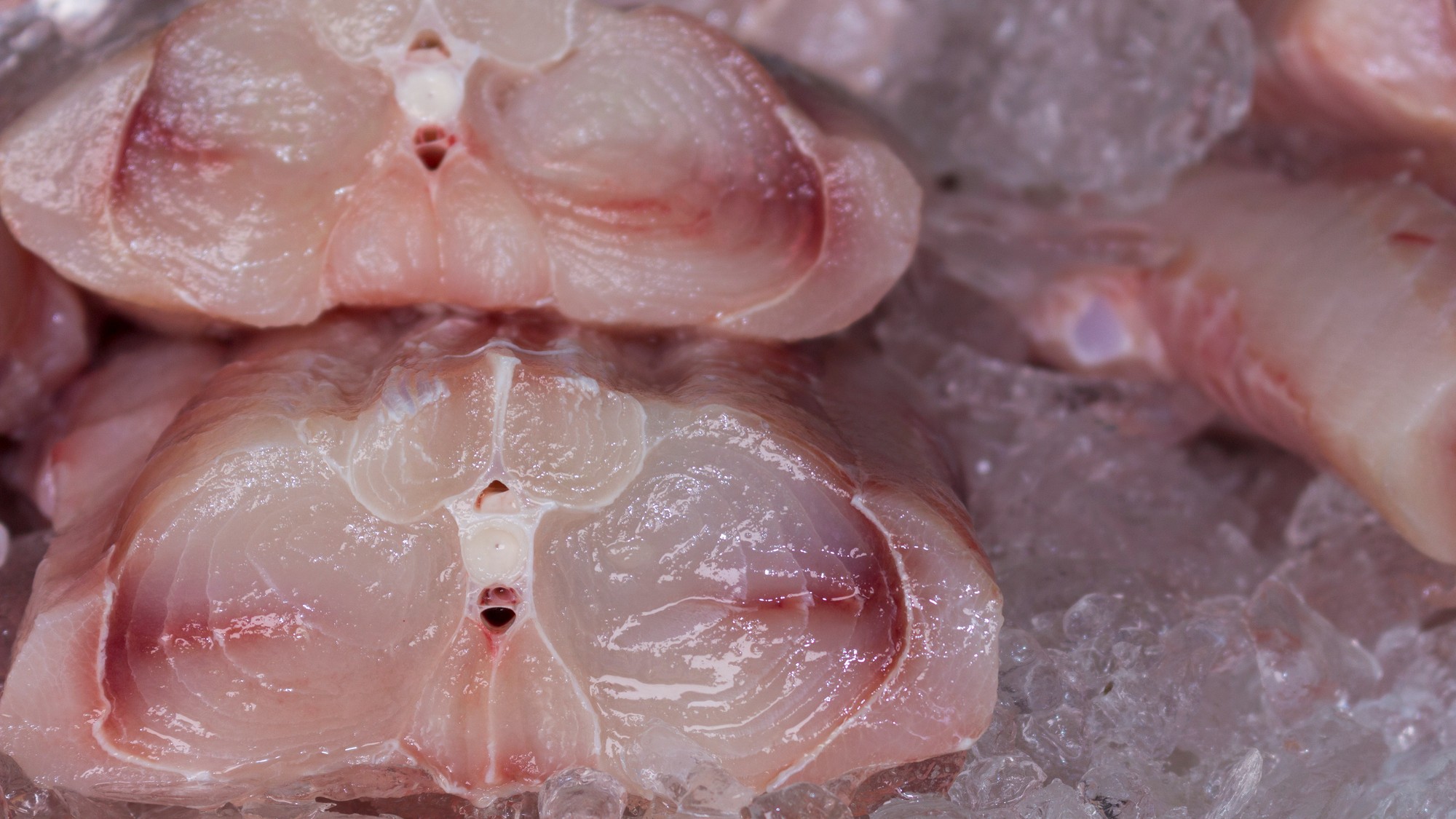Bananas have been facing extinction. But maybe not for much longer.
Scientists may have a solution for a longstanding fungus problem


The bananas we know and love have been at risk of extinction from a fungal disease. The good news is that scientists may have found a way to save them, according to a study published in the journal Nature Microbiology. The researchers isolated genes within the fungus that may be contributing to the disease's deadliness. Even with an avenue for controlling the disease, crop diversity could further reduce the fungus' virulence.
A banana bind
Bananas are being infected by a disease called Fusarium wilt of banana (FWB), caused by a fungal pathogen called Fusarium oxysporum TR4. This is not the first time a banana species has succumbed to the disease and gone extinct.
Today, the main variety of bananas bred and sold is the Cavendish, however, this species was only bred after the Gros Michel was wiped out by a previous version of the fungus called Fusarium oxysporum race 1. "The Cavendish variety was bred to be a disease-resistant replacement for the Gros Michel," said Popular Science. "This worked for a while, but by the 1990s, there was another outbreak of banana wilt that spread from Southeast Asia to Central America."
The Week
Escape your echo chamber. Get the facts behind the news, plus analysis from multiple perspectives.

Sign up for The Week's Free Newsletters
From our morning news briefing to a weekly Good News Newsletter, get the best of The Week delivered directly to your inbox.
From our morning news briefing to a weekly Good News Newsletter, get the best of The Week delivered directly to your inbox.
While bananas are facing the same variety of fungus, the TR4 species "did not evolve from the race that decimated the Gros Michel bananas," Li-Jun Ma, the senior author of the study, said in a press release. This new variety of the Fusarium fungus contains accessory genes "linked to the production of nitric oxide, which seems to be the key factor in TR4's virulence." The gas is toxic to the Cavendish banana. "This sudden burst of toxic gases facilitates infection by disarming the plant's defense system," Ma said in a piece for The Conversation.
Researchers were also able to determine that the intensity of TR4 was "greatly reduced if the two genes that control nitric oxide production were eliminated," said the press release. "Identifying these accessory genetic sequences opens up many strategic avenues to mitigate, or even control, the spread of Foc TR4," study lead author Yong Zhang said in the release. More research needs to be done to "better understand how the fungus can produce such a harmful gas without hurting itself," and to "test various ways to interrupt the production of nitric oxide and explore genes that can take the gas away before it damages plant cells," said Popular Science.
Diversify the banana breeds
The biggest problem crops like the banana are facing is the overwhelming prevalence of one breed. "When there's no diversity in a huge commercial crop, it becomes an easy target for pathogens," Ma said. Cavendish bananas are not the only existing variety of the fruit, but because of their popularity, they are bred in much larger numbers than others. In reality, planting a variety of different types of bananas creates more sustainable agriculture as well as makes diseases more difficult to spread rapidly.
The public can also play a role in encouraging more diverse agricultural practices by opting to buy different varieties of fruits and vegetables as well as supporting local produce species. "Collaboration among scientists, farmers, industry and consumers around the world can help avoid future shortages of bananas and other crops," Ma said in The Conversation.
A free daily email with the biggest news stories of the day – and the best features from TheWeek.com
Devika Rao has worked as a staff writer at The Week since 2022, covering science, the environment, climate and business. She previously worked as a policy associate for a nonprofit organization advocating for environmental action from a business perspective.
-
 Trump vs. BBC: what’s at stake?
Trump vs. BBC: what’s at stake?The Explainer The US president has filed a $10 billion lawsuit over the editing of Panorama documentary, with the broadcaster vowing to defend itself
-
 Animal Farm: has Andy Serkis made a pig’s ear of Orwell?
Animal Farm: has Andy Serkis made a pig’s ear of Orwell?Talking Point Animated adaptation of classic dystopian novella is light on political allegory and heavy on lowbrow gags
-
 What new cryptocurrency regulations mean for investors
What new cryptocurrency regulations mean for investorsThe Explainer The Treasury and the Financial Conduct Authority aim to make the UK a more attractive and safer place for crypto assets
-
 How will climate change affect the UK?
How will climate change affect the UK?The Explainer Met Office projections show the UK getting substantially warmer and wetter – with more extreme weather events
-
 The UK’s surprising ‘wallaby boom’
The UK’s surprising ‘wallaby boom’Under the Radar The Australian marsupial has ‘colonised’ the Isle of Man and is now making regular appearances on the UK mainland
-
 The Southern Ocean is holding in a ‘burp’
The Southern Ocean is holding in a ‘burp’Under the radar The heat from the past can affect the future
-
 Builders return to the stone age
Builders return to the stone ageUnder the Radar With brick building becoming ‘increasingly unsustainable’, could a reversion to stone be the future?
-
 Megabatteries are powering up clean energy
Megabatteries are powering up clean energyUnder the radar They can store and release excess energy
-
 The Earth is getting darker
The Earth is getting darkerUnder the radar The planet’s reflectivity is out of whack
-
 Scientists want to use enhanced rock weathering to cool the Earth
Scientists want to use enhanced rock weathering to cool the EarthUnder the radar Rock dust could trap atmospheric carbon
-
 Endangered shark meat is being mislabeled and sold in the US
Endangered shark meat is being mislabeled and sold in the USUnder the radar It could cause both health and ecological problems
